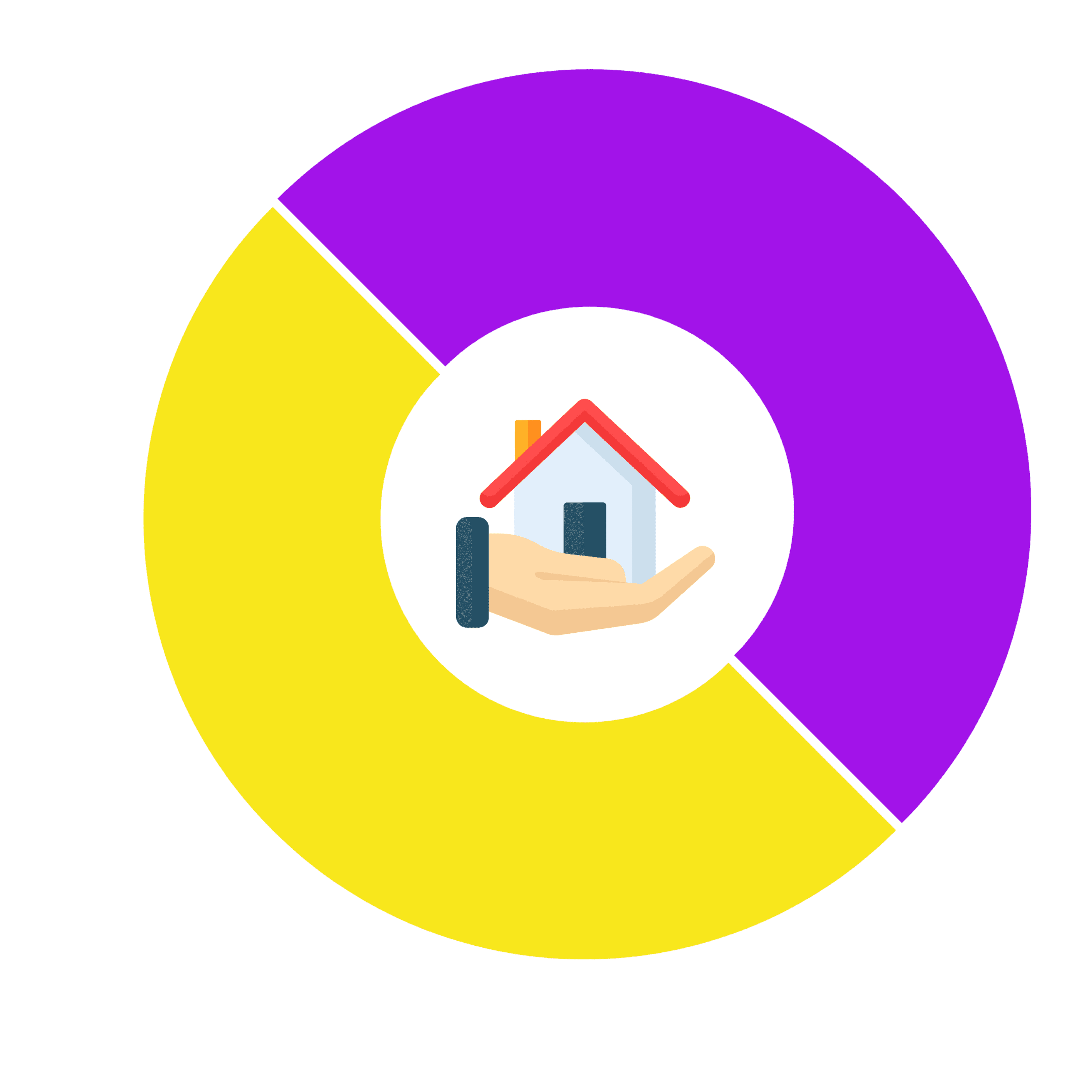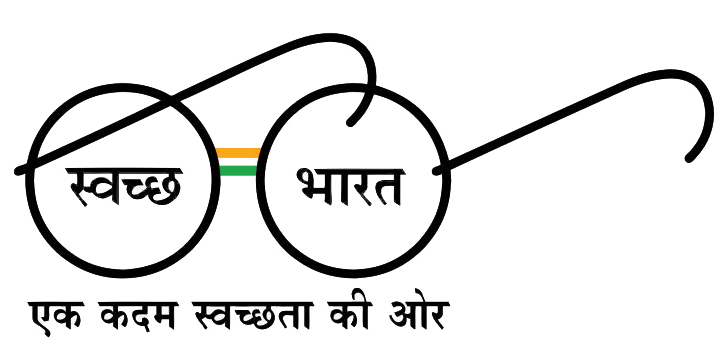Today we are going to talk about RBI monetary policy, why is monetary policy necessary, why should the reserve bank of India follow this to control our economy,
Now to understand that first you have to understand what is liquidity management, liquidity means the ease with which you can convert anything to cash or cash equivalent without losing any values, So basically something like your house for example is not very liquid because you can’t easily sell that, but your cash in your pocket that is extremely liquid the more liquidity your economy has,
the easier it is for anybody to buy things and so inflation will be rising very high if liquidity is not controlled So always when you are thinking about it conceptualization this like a can of water So if you have a can of water say, csp bank mitra and you have some level of water in it so say that you have level of water over there,
so if you have something like this then just imagine that lot of people who are outside they can take the water nobody goes thirsty and they do not actually appreciate the value of that water, you understand what I’m trying to tell you, so if you have enough water for everybody then people don’t appreciate the value of it but now if you reduce the water if the water level is only low then everybody is going to actually appreciate the water they are not going to waste the water they are going to keep the water with themselves,
READ MORE:- History of Bank Nationalization in India.
so they are not going to be able to get access to that water so similarly money also behaves like this if there is too much money in the economy what happens essentially, Person in the economy will always feel that okay I can afford each and everything then let me go ahead and spend money I will try and buy many different things and so
the inflation will be rising just remember this thing more liquidity means more inflation, but if you are decreasing the money supply so everybody has less money in their pocket then the things will become much more valuable, so whenever you are decreasing the liquidity in the economy you are also controlling the inflation, so this is the critical thing that you need to understand,
And for any economy, if you have too much inflation, it is not good that is why we need to have primarily the liquidity management and that is the thing for which monetary policy comes into play, So that’s the most important reason for monetary policy to exist so that the money supply in the economy can be controlled by the Reserve Bank of India,
Now there are two different things that you need to understand here there is something called the dear money policy or the hawkish policy and the cheap money policy or the dovish policy, so hawkish policy is meant dear money this means that I am going to reduce the amount of money in the economy I am going to control my liquidity and I am not going to allow excess liquidity to come in, So I am reducing the money supply in the country so that means dear csp bank of india money ,
And cheap money policy means that I am trying to go ahead and allow excess liquidities So this is also called a dovish policy because this means that you are not keeping that much of a watch on the money supplies and the money supply can be increased as much as possible, So whenever you are talking about dear money you are increasing the rates
So whenever the interest rates are high or they are increased then it means that the policies are hawkish or you have dear money and cheap money means you are cutting the rates you are keeping it low so that industrialists and all the companies can get cheap loans so that’s the essential thing that you need to remember about this, RBI Monetary Policy
READ MORE:- How to Apply For Bank of Baroda CSP 2023
What is monetary policy of RBI in simple words?
Monetary policy refers to the actions taken by a central bank, such as the Reserve Bank of India (RBI), to influence the supply, demand, and cost of money in an economy. The main goal of monetary policy is to maintain price stability, which means keeping the rate of inflation under control. RBI Monetary Policy
It also aims to support economic growth and stability, and to promote a healthy financial system. The RBI uses a variety of tools to implement monetary policy. These tools include setting the benchmark interest rate, also known as the repo rate, which is the rate at which banks borrow money from the RBI; changing the cash reserve ratio, which is the percentage of deposits that banks are required to hold with the RBI; and using open market operations, which involve buying or selling government securities to increase or decrease the supply of money in the economy.
What is monetary policy according to RBI?
According to the Reserve Bank of India (RBI), monetary policy refers to the actions taken by the central bank to influence the supply, demand, and cost of money in an economy, with the main goal of maintaining price stability and supporting economic growth.
The RBI uses a variety of tools to implement monetary policy, including setting the benchmark interest rate, changing the cash reserve ratio, and using open market operations. The RBI also has other objectives for monetary policy, such as promoting financial stability, maintaining a stable and efficient payments and settlement system, and fostering an environment that supports the growth of the financial sector.
To achieve these objectives, the RBI may use a range of tools, including regulating the availability of credit, setting limits on bank lending, and supervising and regulating financial institutions. Overall, the RBI’s monetary policy aims to create a stable and supportive environment for economic growth and financial stability, while also keeping inflation under control. RBI Monetary Policy
What is the monetary policy explain with examples?
Monetary policy refers to the actions taken by a central bank, such as the Reserve Bank of India (RBI), to influence the supply, demand, and cost of money in an economy. The main goal of monetary policy is to maintain price stability, which means keeping the rate of inflation under control. It also aims to support economic growth and stability, and to promote a healthy financial system.
Here are a few examples of how monetary policy can be implemented:
- Setting the benchmark interest rate: The central bank can set the benchmark interest rate, also known as the repo rate, which is the rate at which banks can borrow money from the central bank. If the central bank raises the repo rate, it becomes more expensive for banks to borrow money, which can help to reduce the supply of money in the economy and keep inflation in check. RBI Monetary Policy
- Changing the cash reserve ratio: The central bank can also change the cash reserve ratio, which is the percentage of deposits that banks are required to hold with the central bank. If the central bank increases the cash reserve ratio, it becomes more expensive for banks to lend money, which can help to reduce the supply of money in the economy and keep inflation in check.
- Using open market operations: The central bank can use open market operations to buy or sell government securities in order to increase or decrease the supply of money in the economy. For example, if the central bank buys government securities, it is injecting more money into the economy, which can help to stimulate economic growth. On the other hand, if the central bank sells government securities, it is taking money out of the economy, which can help to reduce the supply of money and keep inflation in check.
WHAT IS RBI monetary policy
The Reserve Bank of India (RBI) monetary policy refers to the policies and measures taken by the central bank of India, the RBI, to manage the money supply and interest rates in the economy. The RBI’s monetary policy is aimed at achieving its primary objective of price stability, while also supporting economic growth and development. RBI Monetary Policy
READ MORE:- How to apply for SBI Mini Branch of any bank.
The RBI uses several tools to implement its monetary policy, including:
- Repo rate: The rate at which the RBI lends money to commercial banks is known as the repo rate. By changing the repo rate, the RBI can influence the cost of borrowing for banks, which in turn affects the interest rates offered to customers.
- Reverse repo rate: The rate at which commercial banks lend money to the RBI is known as the reverse repo rate. The RBI can use changes in the reverse repo rate to influence the cost of borrowing for commercial banks and the interest rate offered to customers.
- Cash Reserve Ratio (CRR): The CRR is the portion of a bank’s deposits that must be held with the RBI as a reserve. By changing the CRR, the RBI can influence the amount of money available for banks to lend, which in turn affects the money supply and interest rates.
- Statutory Liquidity Ratio (SLR): The SLR is the portion of a bank’s deposits that must be invested in government securities. By changing the SLR, the RBI can influence the amount of money available for banks to lend, which in turn affects the money supply and interest rates.
What are the 3 monetary policies?
There are three main monetary policies used by central banks to achieve their objectives:
- Expansionary monetary policy: Expansionary monetary policy involves reducing interest rates, increasing the money supply, or both, in order to stimulate economic growth and inflation. This policy is typically used during periods of economic slowdown or recession.
- Contractionary monetary policy: Contractionary monetary policy involves increasing interest rates, reducing the money supply, or both, in order to curb inflation and slow down economic growth. This policy is typically used during periods of economic overheating or high inflation.
- Neutral monetary policy: Neutral monetary policy involves maintaining a balance between the supply of money and credit and the demand for it, in order to keep inflation stable and economic growth on a sustainable path. Neutral monetary policy is typically used during periods of steady economic growth and low inflation.
what is monetary policy of RBI
The Reserve Bank of India (RBI) is responsible for formulating and implementing monetary policy in India. The main objective of RBI’s monetary policy is to maintain price stability while promoting economic growth.
The RBI uses a range of tools to implement monetary policy, including adjusting the repo rate, the reverse repo rate, the cash reserve ratio (CRR), and the statutory liquidity ratio (SLR).
The repo rate is the rate at which the RBI lends money to commercial banks, and changes in this rate affect the cost of borrowing for banks. The reverse repo rate is the rate at which banks can park their excess funds with the RBI, and changes in this rate affect the returns on such funds.
The CRR is the percentage of deposits that banks are required to keep with the RBI, while the SLR is the percentage of deposits that banks are required to invest in certain specified securities. Changes in the CRR and SLR impact the liquidity in the banking system.
what is RBI monetary policy
The Reserve Bank of India (RBI) monetary policy refers to the process by which the central bank of India manages the supply and demand of money in the economy to achieve its monetary policy objectives. The RBI’s primary objective is to maintain price stability in the economy while promoting economic growth.
The RBI uses various monetary policy tools such as the repo rate, reverse repo rate, cash reserve ratio (CRR), and statutory liquidity ratio (SLR) to influence the supply and demand of money in the economy. The repo rate is the rate at which the RBI lends money to commercial banks, while the reverse repo rate is the rate at which banks can deposit their surplus funds with the RBI. The CRR is the amount of cash that banks must hold as reserves with the RBI, while the SLR is the percentage of deposits that banks must maintain in the form of liquid assets like government securities.
The RBI uses these tools to either increase or decrease the money supply in the economy, depending on the economic conditions. If the economy is facing inflationary pressures, the RBI may increase the repo rate, which would make borrowing expensive and reduce the money supply, thereby curbing inflation. On the other hand, if the economy is facing a slowdown, the RBI may reduce the repo rate, which would make borrowing cheaper, stimulate spending, and boost economic growth.
The RBI announces its monetary policy stance through bi-monthly monetary policy statements. These statements outline the RBI
how RBI monetary policy affects stock market
The RBI monetary policy can have a significant impact on the stock market, particularly on the short-term price movements of individual stocks and market indices. Here are a few ways in which the RBI monetary policy can affect the stock market:
- Interest rates: One of the most direct ways in which the RBI monetary policy can impact the stock market is through changes in interest rates. When the RBI raises interest rates, it can lead to higher borrowing costs for companies, which may result in a slowdown in economic growth and earnings. This can negatively impact the stock market, particularly stocks in interest-rate-sensitive sectors such as banking and real estate.
- Liquidity: The RBI’s monetary policy can also affect the liquidity of the market. When the RBI reduces the repo rate or the CRR, it increases the availability of funds in the economy, making it easier for companies to borrow and invest. This can lead to a rise in stock prices, particularly in sectors that benefit from increased liquidity, such as infrastructure and construction.
- Inflation: The RBI’s monetary policy is designed to control inflation, which can have indirect effects on the stock market. High inflation can erode the purchasing power of consumers, leading to lower demand for goods and services, which can impact the earnings of companies. Conversely, low inflation can stimulate demand and boost earnings, which can be positive for the stock market.
So, I hope you found this article informative, Thank you.
ध्यान दें :- ऐसे ही सरकारी योजनाओं BANKING RELATED जानकारी हम आपतक सबसे पहले अपने इस Website के माधयम से पहुँचआते रहेंगे paypointbc.in, तो आप हमारे Website को फॉलो करना ना भूलें ।
Note:-ऑफलाइन आवेदन के लिए आप अपने नजदीकी बैंक शाखा से संपर्क कर सकते हैं, आप जिस बैंक की मिनी ब्रांच खोलना चाहते है उस बैंक में जाए और मैनेजर से बात करे।
अगर आपको यह आर्टिकल पसंद आया है तो इसे Share जरूर करें ।
इस आर्टिकल को अंत तक पढ़ने के लिए धन्यवाद,,,
नीचे दिए गए सोशल मीडिया के आइकॉन पर क्लिक करके आप हमारे साथ जुड़ सकते हैं जिससे आने वाली नई योजना की जानकारी आप तक पहुंच सके|
APPLY FOR ALL BANK CSP :- BOOK NOW






